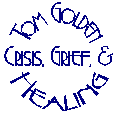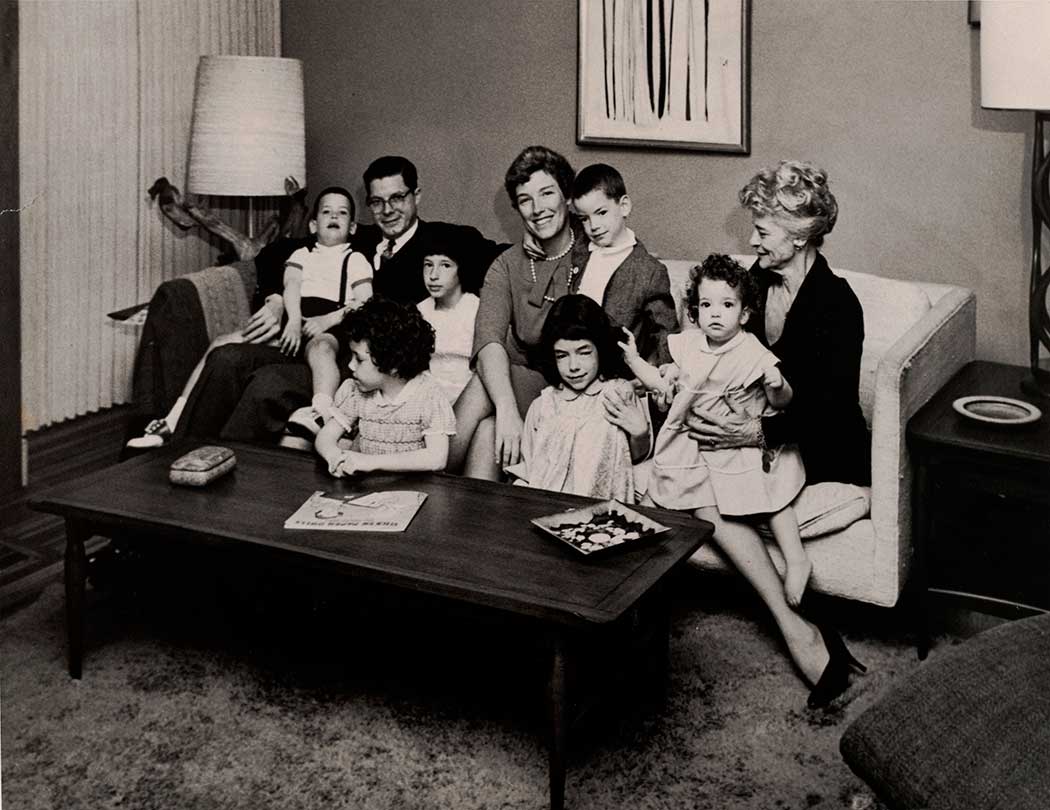 Articles on Grief and Healing
Articles on Grief and Healing
Excerpt In Her Wake : A Child Psychiatrist Explores the Mystery of Her Mother’s Suicide By Nancy Rappaport MD
Excerpt In Her Wake : A Child Psychiatrist Explores the Mystery of Her Mother’s Suicide
Nancy Rappaport MD (www.inherwake.com)
“In our study, I have an old photograph of my family together when my mother was alive: my grandmother, my father, my mother, my five brothers and sisters, and me as the youngest arranged on a couch in matching plaid outfits. At one end is Martha, the eldest at nine, somewhat aloof with her hair brushed back into a perfect ponytail. Next is Amy, seven at the time, with jet-black hair, pale skin, and high cheekbones – she was usually designated ‘baby-holder,’ but on this occasion she is empty-handed and looking toward my mother attentively with wide almond eyes. Judy is my third sister, whom my mother named after her dead younger sister, who had drowned eighteen winters before. She sits next to Amy, a rambunctious twinkle in her eyes and a crowd of freckles on her nose. She is satisfied to be squeezed in the middle. Then comes Jim, bursting at the seams at four, with a steady, pugnacious gaze; he stands on the couch ready for any battle. Jerry is three with baby-soft curls and a tender smile. He is playing on the floor with a toy truck, oblivious to the occasion. Mama is the only one of us who is smiling for the camera, boasting her special pearls and a tweed jacket….Almost two years old at the time, I am cradled comfortably in my grandmother’s lap, head turned away from the camera….What we felt as children [about Mama’s suicide] was too large for any of us to manage, and there were too many of us in need….What I knew of my mother was what my father and stepmother chose for me to know – this picture that I have now in my study was not on display growing up. [We were] wrapped in an uncomfortable silence and tried to carry on as if everything could be – would be – just fine. We needed to get on with it….
| Family portrait on the couch in 1961: Dad, Jerry Jr. on his lap, Mama with Jim, Grandma Edith Vahey and me (Nancy) on lap, Martha and Amy kneeling |
As we all grew up, there were rifts that developed as a result of our silence concerning our mother. Grief and guilt developed in my father and my stepmother, which was compounded by the challenges of attending to so many children. They had not predicted how difficult it would be to have so many kids, now that our family had increased in size to eleven children as a result of their marriage. There were the logistics of transportation to school, to dance classes, to friends’ houses, to birthday parties, to doctors’ and dentists’ appointments, to clothing and grocery stores. Visits to other people’s homes were strictly limited. Shopping expeditions were consolidated. We would wear clothes too large or too small.
The truth is that our family was simply too large to manage, and whenever we could, we would escape watchful eyes and retreat into the world of children – where brothers, sisters, and fantasies were in charge. I’m not entirely clear which of my brothers and sisters was the leader of the pack. None of us was strong enough to take on the role of general, but then no one wanted to be bossed around either. Eventually, we all drafted a Declaration of Independence together and agreed to follow the rules, creating a family council. Of course, it didn’t last long, but I like to think that it was our way of trying to negotiate a peace that we were invested in keeping.
 |
| Family portrait on the couch in 1960: Jerry, Amy, Martha holding me (Nancy),Judy, Jim |
Our family was driven by the concept that there are winners and losers, and winners take all; after all, my mother lost a custody battle, her life. If we ever left our belongings around the house, we would have to buy them back at the occasional family auction. My father reigned supreme at the head of the table, doling out bright tinfoil-covered Easter eggs or candy from Halloween that we turned in, doling out approval for correctly responding to questions about the capitals of states, president’s names, a host of facts. At times our competitions were tough too. In our games, we were merciless with an edge of cruelty. We’d call each other dunce-o, fatso, retard, faggot. All the boys were teased with girls’ names: Jimmy was Ginny, Jerry was Geraldine, Carter was Katrina, and Andrew was Andrea. There were no girls’ names for a Dickie, so he was just called Dorothy. Sometimes the cruelty became physical. The smallest would be tickled until they cried ‘uncle’ or started to cry. In this world, you couldn’t always trust your siblings. Sometimes they bullied you. We scratched and hit each other. At times we’d be protected by a brother from a brother, only to be bullied by the protector minutes later. If we hurt each other, we seldom said sorry….
I can understand now that we avoided talking about my mother’s absence because we didn’t know what to say and there was nothing we could do to change what happened. The significance of our mortality, that we are on this earth for a relatively short time, has no easy answers. Now, as a mother, I’ve come to appreciate how my own children rely on one another and can find a way to communicate, talking in code when there is tension surrounding them. They don’t always get along, and fight as siblings do, but witnessing them whispering to each other one day made me come to terms with the fact that I had never addressed my siblings about losing our mother. There was an implicit pact I had not been aware of that we did not talk about our mother, and this kept us at a distance. I started to ask my sisters and brothers questions I had never felt permission to ask growing up. Maybe it was the curiosity I cultivated as a trained psychiatrist; wondering how a suicide would affect an entire family, I had come to appreciate the power of unspoken or disavowed feelings. But now I was ready to find out more….
Through connecting with my siblings about their memories of our mother and our loss of her, we are closer.
In finding shared words to understand what she meant to us, I am fortified. This kind of journey can rekindle old familial conflicts or can be transformative. In our case it was a mixture, but a mixture that brought strength to our love and an appreciation of our shared time growing up together.
 |
About the Author
|
| In Her Wake : A Child Psychiatrist Explores the Mystery of Her Mother’s Suicide Nancy Rappaport MD (www.inherwake.com) |
 |


